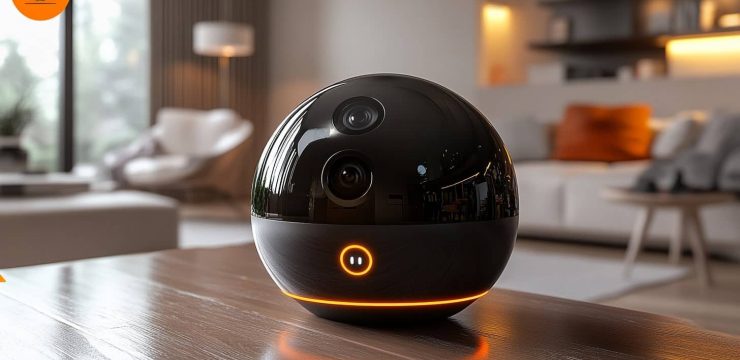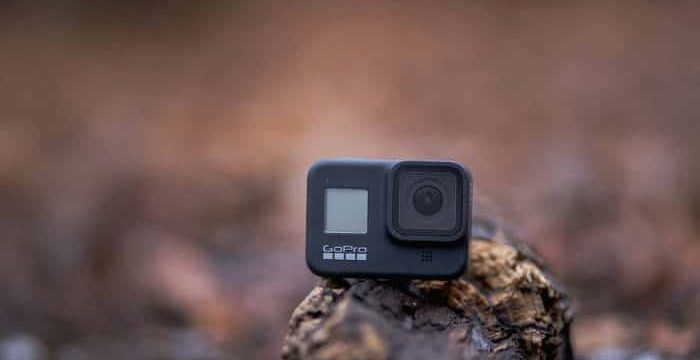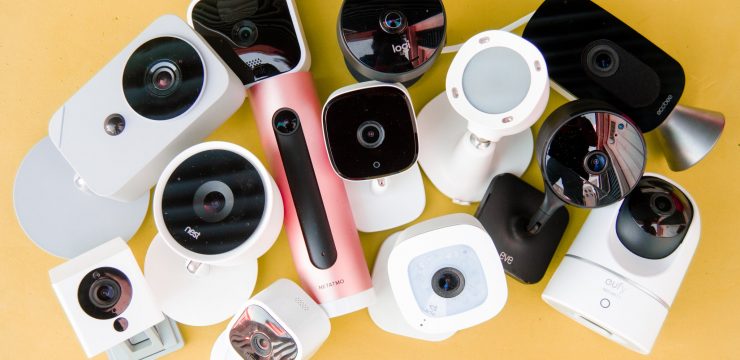Modern thermal imagers have made many changes to our daily life. It is unthinkable to visit any public places without thermometry. Whether it is a hospital, a workplace, going to school, or a play, we see their ubiquitous use. However, it would be a mistake to think that the use of thermography is limited to only this. Scientists measure melting points, chemicals, and media, use them. In production, thermal imagers monitor the temperature in the melting furnaces. Confectioners temper the chocolate. They are used in fire detection systems. The police, rescuers, hunters, builders, electricians, sailors, and drivers use them. Naturally, this is not a complete list. We use thermal imagers so often, but we never think about what they are. Let us look at this issue.
Brief info about thermal vision technology
This technology is based on emitting heat by anybody if its temperature is above absolute zero. From this point of view, much-unexpected objects, such as ice, will be warm. The thermal camera https://www.agmglobalvision.com/thermal-imaging captures heat from all surfaces that come into its field of view. He measures the temperature, not at one but simultaneously at all points that he sees. Each reading is assigned 1 pixel of the image. A thermography picture is formed from many pixels on the screen. It can be colored or monochrome. The general rule is to depict hot objects in shades of red and yellow. In addition, the cold ones are painted in blue and green colors. The warmer the body, the more intense the color. For monochrome images, the difference in color density is used. The lighter the shade, the warmer the subject. The clarity and contrast of the picture directly depend on the temperature difference between the measured surfaces—the greater the difference, the more contrasting the picture. The device itself was called a thermal imager. Let’s see what they are.
Thermal Cameras classification
The bulk of devices can be divided into two categories: stationary and portable. Stationary is used with a large number of measurements, a continuous process, or high requirements for the accuracy of readings.
Portable ones are in demand for one-time measurements, compact and lightweight, easy to transport.
Thermal imagers can be classified according to areas of application: for inspection of electrical equipment and electrical networks, for finding heat or cold leaks, for finding gas or air leaks, for monitoring and automating technological processes; for scientific research, for medical purposes, for the needs of the military and rescuers, for security alarm systems, for domestic use, for monitoring animals and many others.
Devices can be classified by temperature range. Depending on the scope of application, devices can be divided into categories: up to +100 Celsius for use in construction; for diagnostics of electrical equipment +350 Celsius; to check all kinds of boilers +650 Celsius; for industrial purposes +1200 degrees Celsius.
Thermal imagers can be divided according to the degree of sensitivity. For example, devices for the study of electrical installations distinguish between fluctuations up to 0.1 degrees Celsius. Greater sensitivity is required to detect water leaks, mold detection.
Thermal imagers can be divided into conditional groups according to the degree of error and spectral range.
There are many models designed for all areas of activity, from household level to production.
Top myths about Thermal Cameras
Most of the myths about thermal imagers originated from movies. If scientists could gather audiences as large as Hollywood blockbusters, there would be no room for myths. Let us take a look at the most common ones.
The first myth. The Thermal Cameras “see” through walls
The peculiarity of the device is that it measures the temperatures of surfaces. With a sufficiently thick concrete wall, the human body cannot heat the outer surface of the wall to the temperature that the device can detect. Consequently, the Thermal Camera will not see a person, an animal inside the house, behind the wall. On the other hand, if some factor can heat a thick wall before the temperature rises on the plane of the outer wall, then the device will catch the difference, and the object will be visible. Let us take a pottery oven in a house as an example. The oven temperature is significant and will heat the outer wall. In this case, the device will see the oven. It will not be superfluous to clarify that the temperature of the thick and thin walls will be different. If there are niches or hiding places in the wall, the Thermal Cameras will detect a similar difference, and the cavity will be visible.
The second myth. Bodies covered with black material will not be visible to the Thermal Cameras.
The camera is color-blind. It measures the temperature of an object on the surface. He does not care what color it is. If the body temperature is above absolute zero, the thermal imager will detect it. Let us clarify that the sun heats black surfaces faster and more intensely than others do. Therefore, in the bright sun, they will be warmer than others will.
The third myth. The Thermal Cameras need a light source to see
No, the Thermal Cameras r does not need a light source. Recall that it measures thermal radiation, not light intensity. Therefore, it can work as well in the dark as it does during the day. To clarify, we can use a rough analogy, measuring temperature with a thermometer in the dark and in sunlight. Moreover, sun glare will not interfere with it. It will do an excellent job in sunny weather on a snowy field or in the blinding sun on the water. Some people confuse the concept of night vision and thermal vision. It will be a problem for night vision devices to work in absolute darkness since they need a small amount of reflected light. Moreover, they absolutely cannot stand the direct hit of the sun. In this sense, Thermal Cameras have great advantages.
The fourth myth. The device is large and uncomfortable
The Thermal Camera can be mounted in a mobile phone case. FLIR Systems has released a housing for Apple smartphones, which houses a thermal imager. Imagine the size of a measuring device.
The fifth myth. The Thermal Cameras is fragile.
Many models of Thermal Cameras have been designed specifically for the needs of the military, police, and rescuers. They can be equipped with moisture protection, shockproof housing, and protected from dust.
The fifth myth. The thermal imager can see-through clothing
The Thermal Cameras is not analogous to the X-ray. It does not emit rays that penetrate objects. It is completely safe. It measures the temperature on the surface of objects. For example, let us take an armed robber. If a pistol is hidden on the body, then the temperature of the surface of the clothing above it will be slightly lower than the area warmed by the skin. Therefore, the device will detect the difference, and the weapon can be viewed on the screen.
Sixth myth. It is impossible to hide from the thermal imager
The ideal refuge from a thermal imager is glass, water, and polished metal. All surfaces perfectly reflect heat rays. If you wish, you can easily verify this by standing in front of the window and aiming the Thermal Cameras at the glass plane. You will see your thermal portrait on the screen, but you will not see what is happening behind the glass. So, if you decide to have fun, play hide, and seek with a thermal imager, take a glass shield. Of course, we are kidding; a shield made of glass is a bad idea.
We have sorted out the top myths about Thermal Cameras. Perhaps there are many more of them than we have given in the article.
To the above, we can add that when choosing Thermal Cameras, it will not be superfluous to inquire about the software’s capabilities. Despite the huge selection of devices and the temptation to buy one but universal device, we advise you to choose a thermal imager for a narrow scope of use for all your purposes. Then, using a truly professional gadget, you will get excellent results and incomparable pleasure. We hope we were helpful and answered some of your questions.





